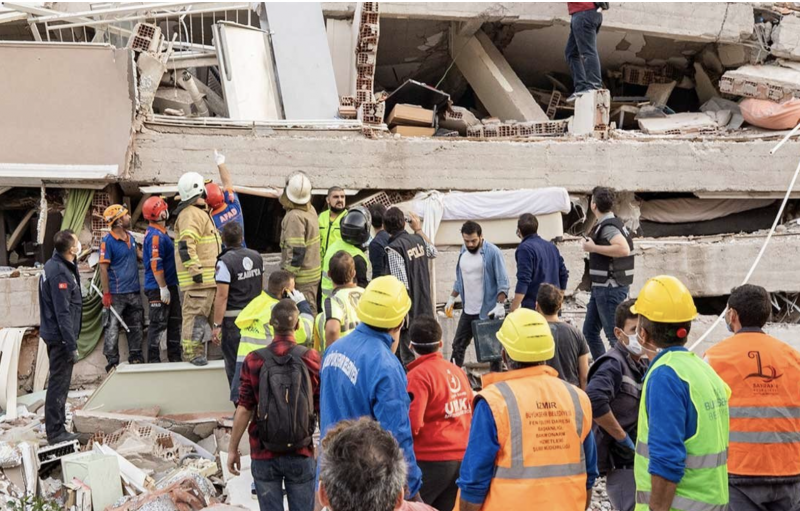
WHO/Europe reports on the contribution of urban planning and management to resilience and health protection
Area of Work Urban Preparedness, WHO, WHO Health Emergencies Programme, Natural Disaster, Flood, Environmental Disaster Background - Date: 16 June 2022 | Region European Region - Country
Disasters and emergencies have a direct impact on population health, causing injuries and diseases as well as mental and psychosocial outcomes. Extreme events also significantly affect the functionality of critical infrastructure, such as health care facilities, and infrastructure for water and energy supply and transport. To support cities in tackling this challenge, 4 new reports aim to strengthen urban planning as an important prerequisite towards building urban resilience.
Over the last 2 decades, natural disasters, such as flooding and storm events, have claimed more than 300 000 deaths globally and affected cities across all countries of the WHO European Region. In the Region alone, disasters caused an estimated economic loss of US$ 271 billion.
Various global frameworks have been established to address sustainable development, urban environments and resilience, and awareness of the local benefits associated with implementation of these global agendas is growing. Urban planning, risk governance and resilience have become increasingly important pathways for cities to be prepared for disasters and reduce or prevent associated public health impacts at the local level.
Cities need to understand what features and processes make them vulnerable to crises and to environmental and technological emergencies, and their associated health impacts. They also need to recognize the most effective counteractions to become better prepared and more resilient.
Strengthening urban resilience through planning
The WHO/Europe project ‘Protecting environments and health by building urban resilience’ has reviewed evidence, practice and monitoring frameworks on urban resilience to help local authorities and decision-makers reflect on the environment and health dimensions of local preparedness and resilience, and to promote the application of urban planning approaches to establish safe, healthy and sustainable cities.
Overall, the strategic key messages of the project highlight the need for urban planners and decision-makers to:
- use relevant data and tools to enhance risk-informed decision-making and address inequality;
- strengthen community involvement and engagement in urban interventions;
- break down silos, establish common goals and enable a whole-of-government approach to emergency management and preparedness;
- establish and implement land-use, building and infrastructure planning and regulations with a preventive approach to protect health;
- promote compactness, land-use mix and connectivity throughout the city to reduce distances and dependencies; and
- apply green and blue spaces and nature-based solutions strategically and synergistically in urban environments to build resilience and protect health.
The reports of the project provide information and lessons learned on how to build forward better and apply environmental and infrastructural planning as an important pathway towards building urban resilience.
The project has benefited from collaboration with UN-Habitat, reflecting a WHO–UN-Habitat common vision in promoting urban resiliency.